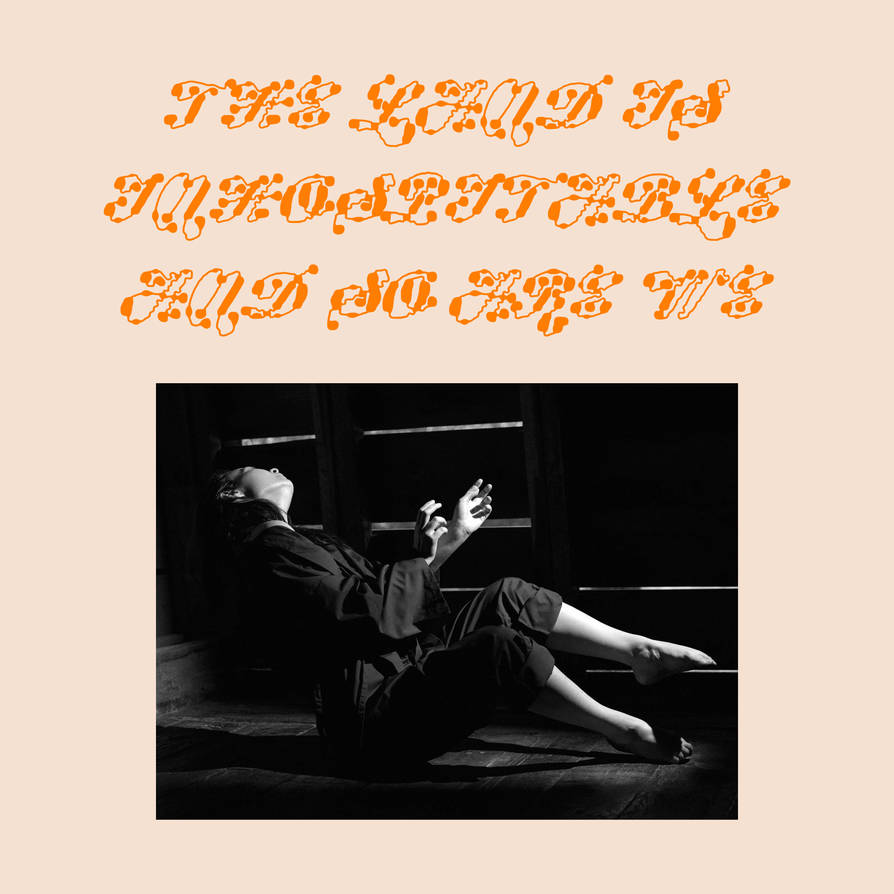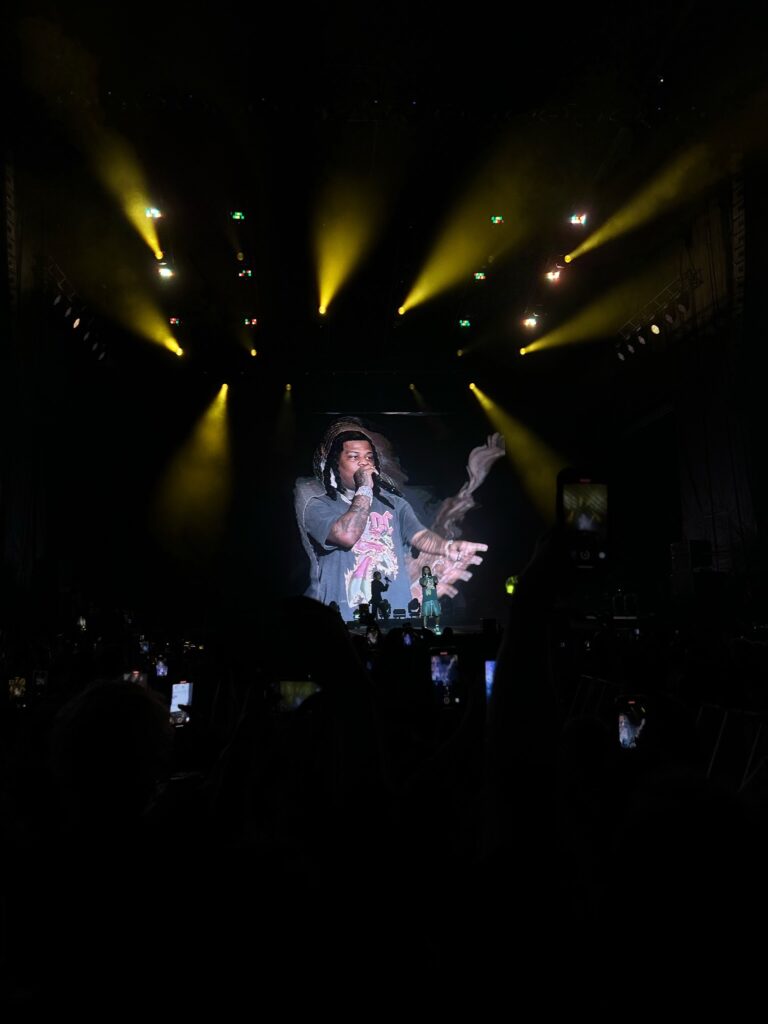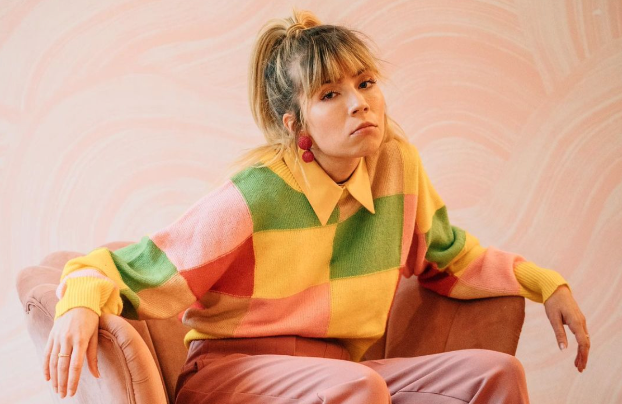Posted on 14 June 2023.

Nothing is more feared than a love we don’t understand.
This simple truth has defined the LGBTQIA+ community’s relationship with art for centuries, as queerness and horror have been increasingly intertwined.
Tracing back from Bram Stoker’s “Dracula” to Bryan Fuller’s 2015 television adaption of “Hannibal”, horror has long homed some of the most well-known queer, or queer-coded, characters since the invention of the genre.
Nothing exemplifies this better than the vampire subculture which originally originated in folklore in the late 17th century and still flourishes in mainstream media to this day.
The first appearance of the archetypal vampire as we know it today is in 1818 with John Polidori’s short story “The Vampyre.” Polidori originally wrote the story as a continuation of an earlier unfinished work of Lord Byron. Literary analyses of the story see it laden with homoerotic subtext, and some scholars have even conjectured that the story may be a direct relationship of Polidori’s supposed unrequited romantic feelings for Byron.
From there, J.S. Le Fanu’s “Carmilla” marks the next notable piece of vampire literature in the English canon.
Le Fanu’s writing strongly queer-codes Carmilla, the namesake vampire of the story, by having her choose to prey on only female victims and representing her with a large black cat — a representation of female sexuality. Le Fanu may not have meant to intentionally demonize queerness with his work; he could have simply been trying to make Carmilla seem as “other” as he could and exist as far outside the scopes of staunchly traditional Victorian sexuality as possible, defaulting to what he saw as the “most other.”
Since much of the suspense and thrill of horror comes from the subtext, authors often try to find subtle ways to make their characters seem other.
For example, in movies like “Get Out,” the audience knows something is amiss, but we can’t figure out what until the reveal. Because of this, writers often used queer coding to hint to the audience that something was “wrong” or “different” about this character without explicitly stating it — a harmful practice that Le Fanu is no exception to.
However, his choice to tie a character that moves under the guise of dark preying on innocent women with queerness creates dangerous and negative associations in the minds of the reader. Similar motifs of queer-coded relationships between vampires and their victims can be seen in newer literature such as “Interview with the Vampire” by Anne Rice (which just received a television adaption that does not shy away from the queerness Rice only alludes to) or Blade, where vampirism is overtly likened to sexually transmitted diseases, especially HIV and AIDS.
The connection between queerness and danger is simply not just limited to the fantastical. Media that focus on the slasher subgenre of horror, which sees real people hunting and killing innocent victims, connect aspects of the queer experience with very real dangers — preying on viewers’ lack of knowledge about the LGBTQIA+ community to fearmonger.
Few pieces of media exemplify this as well as Alfred Hitchcock’s 1960 film “Psycho,” a seemingly timeless classic in the realm of American film.
The movie follows Norman Bates, a motel owner by day who kills his guest at night, as he preys upon a cast of characters. The movie is known for its iconic scenes, such as the shower stabbing, and astonishing cinematography, but it is also known for the twisted story it tells of the relationship between Bates and his mother.
At the beginning of the film, the audience is led to believe that Bates’ mother is alive and, other than being slightly overbearing, poses no real threat. Eventually, we find out that Bates’s mother has been dead for years, and he has been cross-dressing as her. While this may not seem like a direct connection to queerness, Bates is directly demonized for not fitting into traditional binaries.
In the final scene of the film, we see a shot where Norman and his mother are imposed on one another, a scene where we see Bates existing as his queerest self outside the traditionally rigid ideas of gender. Hitchcock, however, used this to demonize Bates — having him separated from society, sitting alone and isolated — portraying him as a danger, a villain, a psycho.
Scholars credit “Psycho” with the creation of the cross-dressing villain trope. From Buffalo Bill in “The Silence of the Lambs” (1991) to Queeny in “Corbin Nash” (2018), characters with fluid gender have been repeatedly painted as a danger to other “normal” people.
When a motif like this is repeated over and over, it is subconsciously drilled into the heads of audiences at movie premiers and late-night reruns, and the lines between fiction and reality blur.
Transgender and non-binary people are repeatedly and systematically prejudiced against by hateful people, lying media and biased legislatures. It doesn’t help when their only representation in media is often limited to the horror genre where they are forced into the role of a villain. Representation matters, and it is willfully ignorant to deny that fictional stories have a very real impact.
However, even though some horror tropes may have originated as a way to other queer people and punish them for perceived sin, over the centuries, queer people have done what they do best — reclaim the narrative. “Hannibal”, the hit NBC television retelling of Thomas Greene’s “Hannibal Lecter” series (also the source material for “The Silence of the Lambs”), has garnered a massive online following of queer fans.
Bryan Fuller, the writer and producer of “Hannibal,” is openly gay and has taken to social media on multiple occasions to confirm the romantic aspects of the relationship between Hannibal Lecter and Will Graham, the investigator tasked with hunting Lecter down.
While other adaptations of the same source material have demonized Lecter for his queerness, Fuller embraces it. Lecter and Graham’s relationship is damned from the beginning, not because they’re queer, but simply because they are two flawed people bringing out the worst in each other.
This is the kind of representation the queer community deserves. As we work to separate homophobia from the history of horror, it would be remiss to not recognize the significance the genre has had to the LGBTQIA+ community.
When they were forcibly othered and pushed into the shadows, the queer community simply made a home out of it.
There is a long way left to go. LGBTQIA+ characters, especially trans characters, deserve to find homes on screens that see them living full, well-rounded lives. Being queer is an integral part of an identity, but it’s not the only part.









